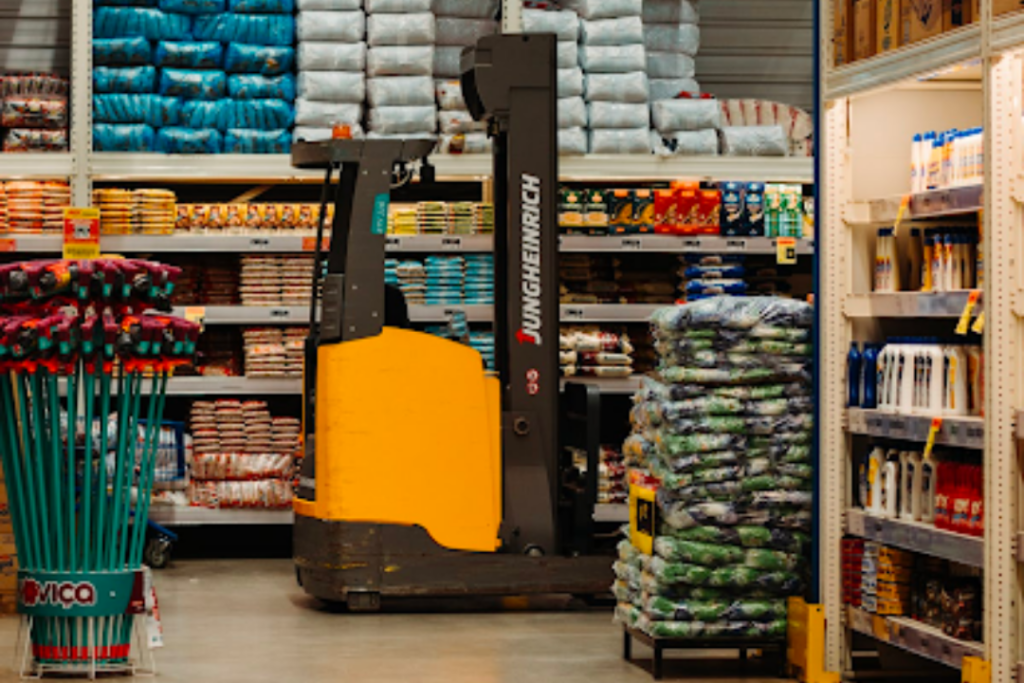How to Move A Dead Electric Pallet Jack Safely

For those of you who are heavily involved in the storage and transportation sector, you may be wondering how to move a dead electric pallet jack. As key suppliers of new and used electric powered pallet trucks, we understand just how inconvenient and potentially costly an out-of-use pallet truck is to the operations and supply chain of your business. With this in mind, this article is going to highlight effective solutions when your electric pallet truck just won’t budge or has run out of power.
First things first, before you do anything with your stationary electric pallet truck, make sure that the machine is turned off and unplugged. This is to prevent any unexpected jump starts of the machine and will minimise any accidents from occurring when trying to move the dead pallet truck. Once this has been completed, it is best to notify any nearby operators and site managers of the incident so that safety protocol is adhered to.
How to Move A Dead Electric Pallet Jack:
Manually Pull
The first and easiest solution you can implement to move a dead pallet jack is to manually transport the vehicle to an area where it can be checked for maintenance or can be recharged. This may also require a second pair of hands in order to successfully perform. When moving the vehicle, it is vital that you incorporate a pulling motion as opposed to a pushing motion. This is because if the route to your desired location has any slight incline, then pushing your pallet truck may cause you to lose control as the forces of gravity will naturally speed up the pallet truck as you advance down the slope. If the avoidance of a slope cannot be guaranteed, then a pulling motion should be encouraged.
Forklift
The next solution you could use to move a dead pallet truck is a forklift. In order for this to happen, you will need an experienced forklift operator to gently insert the forks under the pallet jack and then carefully lift the vehicle to the desired location. Extreme care should be taken when performing this manoeuvre as if the electric powered pallet truck is not correctly balanced on the forklift, it can quite easily topple over which will spark a massive safety hazard.
Chain
The final solution on how to move a dead electric pallet jack that we advise is to use a chain. In order to successfully transport the out-of-service pallet truck, place the chain around the base of the jack and attach it to another vehicle and simply accelerate slowly. It is crucial that you take extreme care when doing this as the jack could topple or veer off unexpectedly when it starts moving. This solution should only be utilised if there is adequate space for both vehicles to move throughout the area.
Final Point
While we have supplied you with helpful recommendations on how to move a dead electric pallet jack, it is always advised that you notify your site manager before attempting any of the solutions we have provided. If all else fails, and you are looking for new electric pallet trucks, be sure to visit the impressive electric trucks we have in stock on our website here at Trucks Direct.
